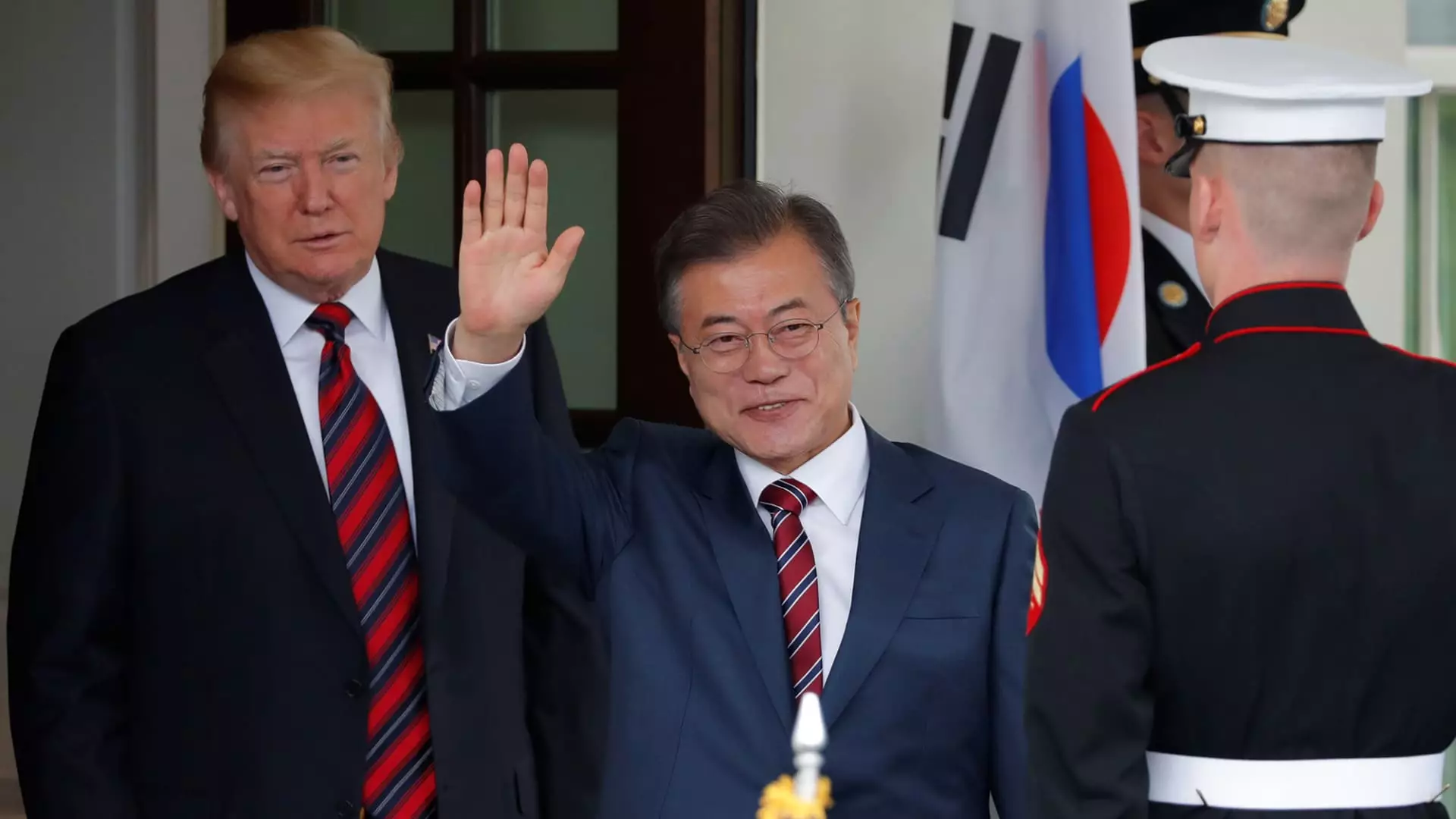The auto industry in the United States is on the verge of a significant shake-up due to President Donald Trump’s discussions about escalating tariffs on foreign imports. The potential repercussions of these proposed tariffs, particularly concerning vehicles from South Korea and Japan, could reshape the landscape of U.S. automotive sales and manufacturing. This article examines the possible ramifications, focuses on the data indicating changes in market share among global automakers, and analyzes the strategic responses of major companies amid these geopolitical pressures.
In 2024, South Korea and Japan together represented a substantial 16.8% of all vehicles sold in the U.S. market. With South Korea exporting 8.6% and Japan closely following with 8.2%, understanding these figures is crucial as they underscore the significance of these nations in terms of auto imports. Currently, while South Korean exports face no additional tariffs, Japanese vehicles are subjected to a 2.5% import duty. This imbalance presents a unique challenge and opportunity for automakers, particularly in the face of proposed tariffs that could drastically increase costs.
The auto trade dynamics further show that South Korea has emerged as a dominant player in the U.S. market, overtaking Japan in export volumes. Nevertheless, despite an increase in vehicle sales from South Korea to the U.S. – up from fewer than 845,000 in 2019 to more than 1.37 million in 2024 – Japan’s market share has dwindled over the years. The competition for market leadership is ripe, with South Korean manufacturers, notably Hyundai, taking increasing advantage of free trade terms while simultaneously producing models that resonate well with entry-level consumers in the U.S.
The prospect of new tariffs poses distinct risks to manufacturers like Hyundai and General Motors. Automakers could be faced with profound cost increases, and historical patterns suggest that corporations often pass these costs onto consumers, raising vehicle prices and possibly dampening demand. Such a shift would force consumers to reconsider their purchasing power and patterns, leading to a potential decline in sales for manufacturers heavily reliant on imports from South Korea and Japan.
Additionally, the tariff implications are not uniform across different vehicle categories. While passenger vehicles may only incur a nominal tariff, trucks exported from these nations face a hefty 25% duty. The impact of this disparity is significant for automakers attempting to balance their portfolios between various vehicle types while maintaining competitiveness in a fluctuating market landscape.
Notably, GM and Hyundai are at the forefront of this evolving market. General Motors has sharply increased imports from South Korea, particularly focusing on popular models like the Chevrolet Trax and Buick Envista. In a bid to enhance its market share, GM has invested heavily in South Korean manufacturing, affirming its commitment to competitiveness in a cost-sensitive environment. The automaker regards its South Korean operations as pertinent to its growth strategy, especially within the lower-margin entry-level market segment.
Conversely, the automotive landscape can measure responses to possible tariff introductions. Industry experts, including Terence Lau of Syracuse University, affirm that while the industry can adjust over time, it requires careful navigation. Lau emphasizes that while minor tariffs can be seen as nuisances, steeper levies significantly threaten profit margins. This nuance reveals a critical strategy for automakers: they need to remain agile and responsive to pricing pressures while continuing to innovate in vehicle design.
Ford Motor Company CEO Jim Farley has championed a comprehensive reevaluation of trade practices governing automotive tariffs. Farley’s assertion highlights a growing sentiment among U.S. automakers that tariffs should not favor one segment or geographical source over another. With millions of vehicles coming from countries without equivalent tariffs, there is an implied need for a balanced approach to protect domestic interests while fostering fair competition.
Furthermore, the trade discourse in Washington remains ongoing, as the White House continues to discuss the practicalities of Trump’s ‘reciprocal tariffs’ strategy. The ambiguity surrounding which nations could be affected suggests manufacturers need to remain vigilant and adaptable in the face of a policy environment that is increasingly unpredictable.
The proposed tariff escalations pose a multifaceted challenge to the U.S. automotive industry. As manufacturers like GM and Hyundai evaluate their positions in the market, the overall health and dynamics of auto imports from Asia will likely evolve. This situation calls for acute awareness and strategic foresight from all stakeholders involved, as the implications of these trade decisions will resonate throughout the automotive landscape for years to come.

